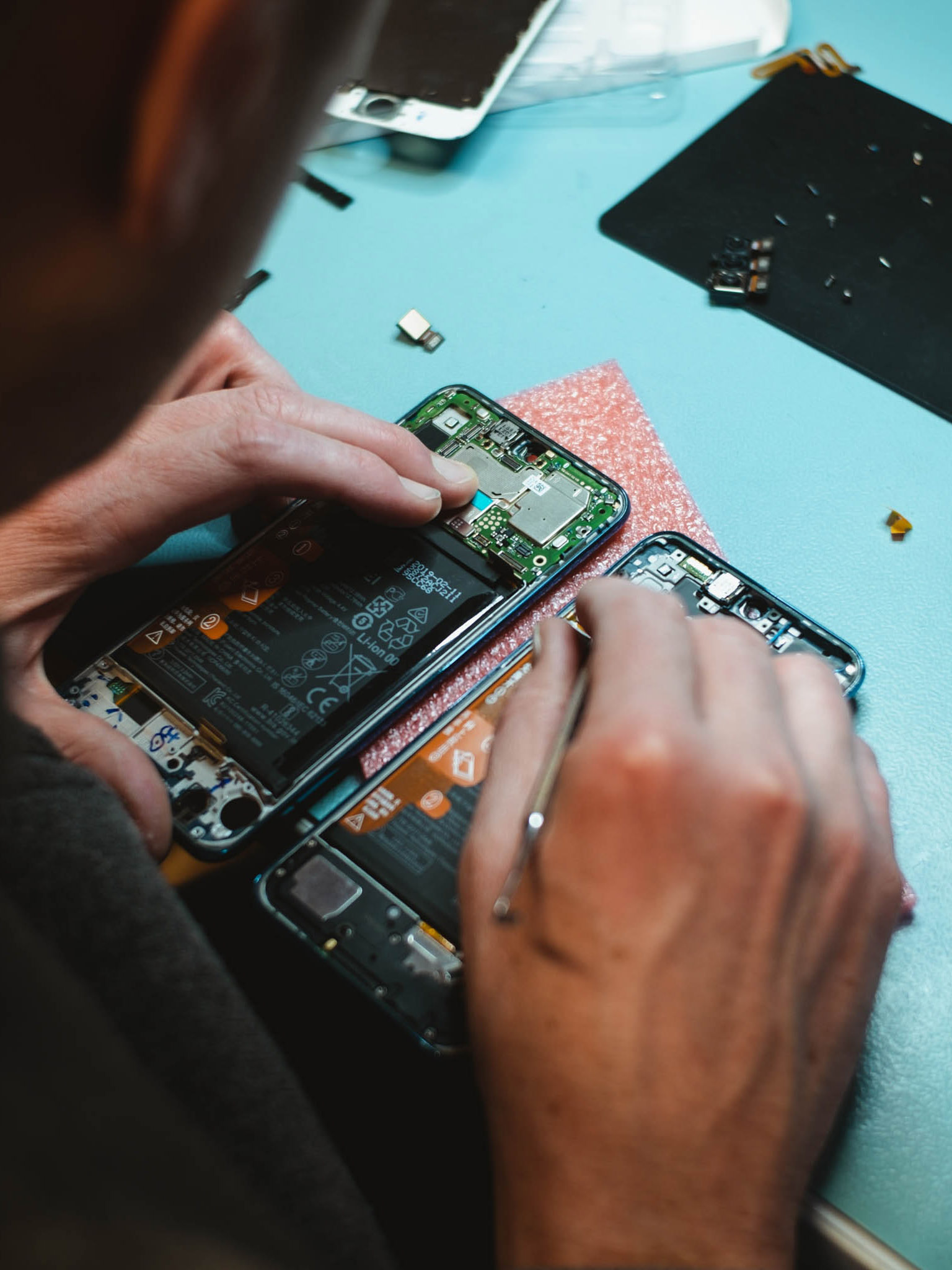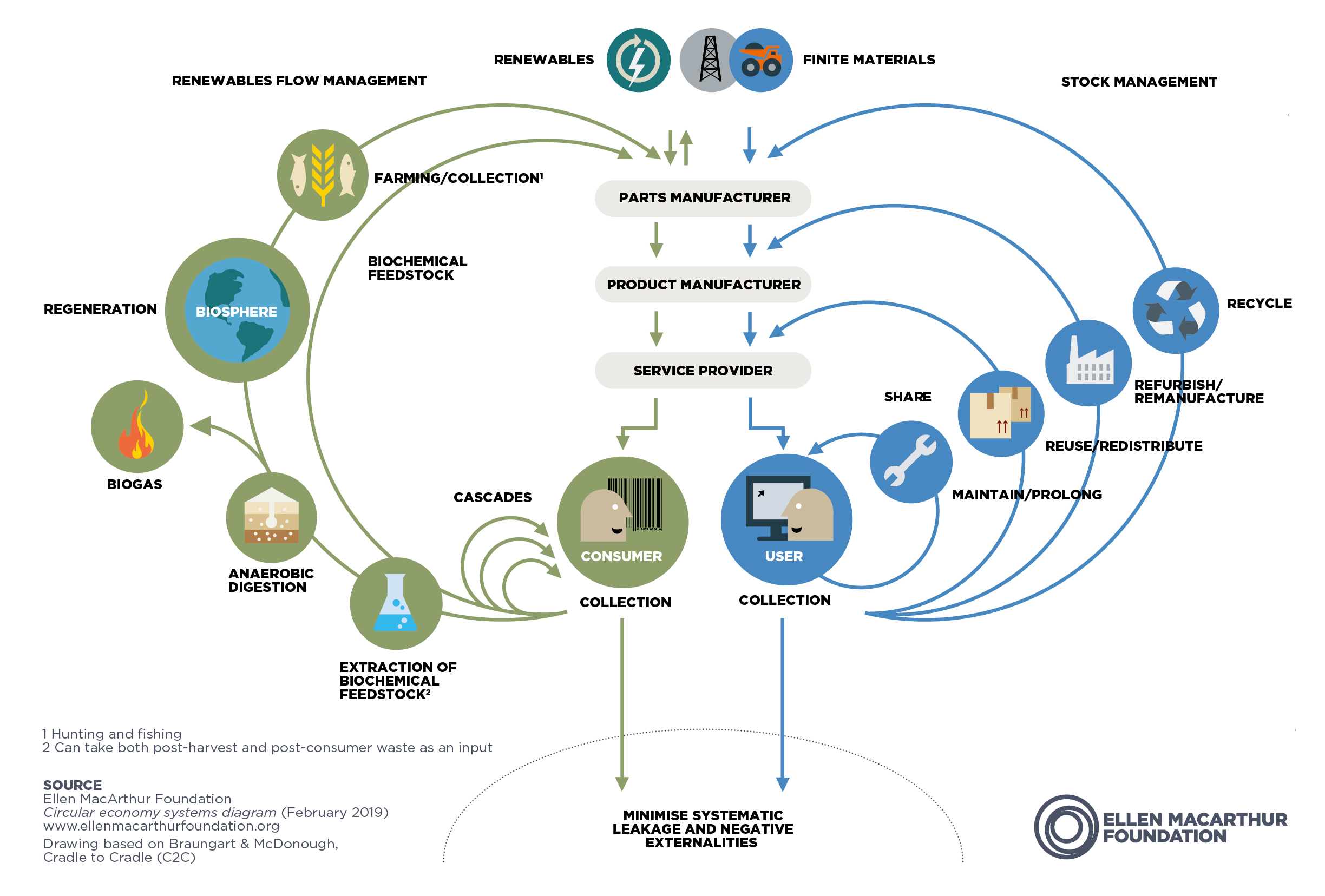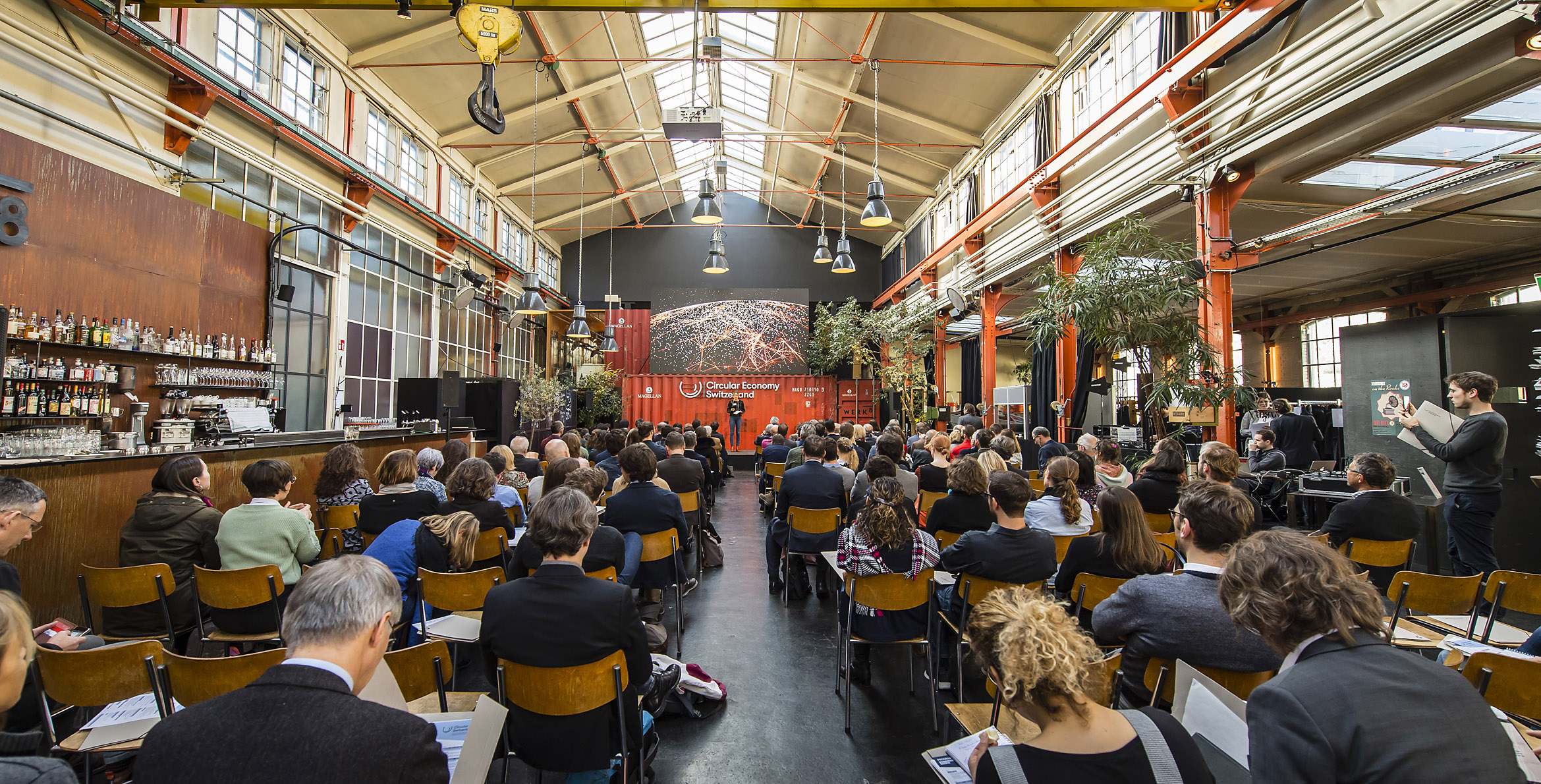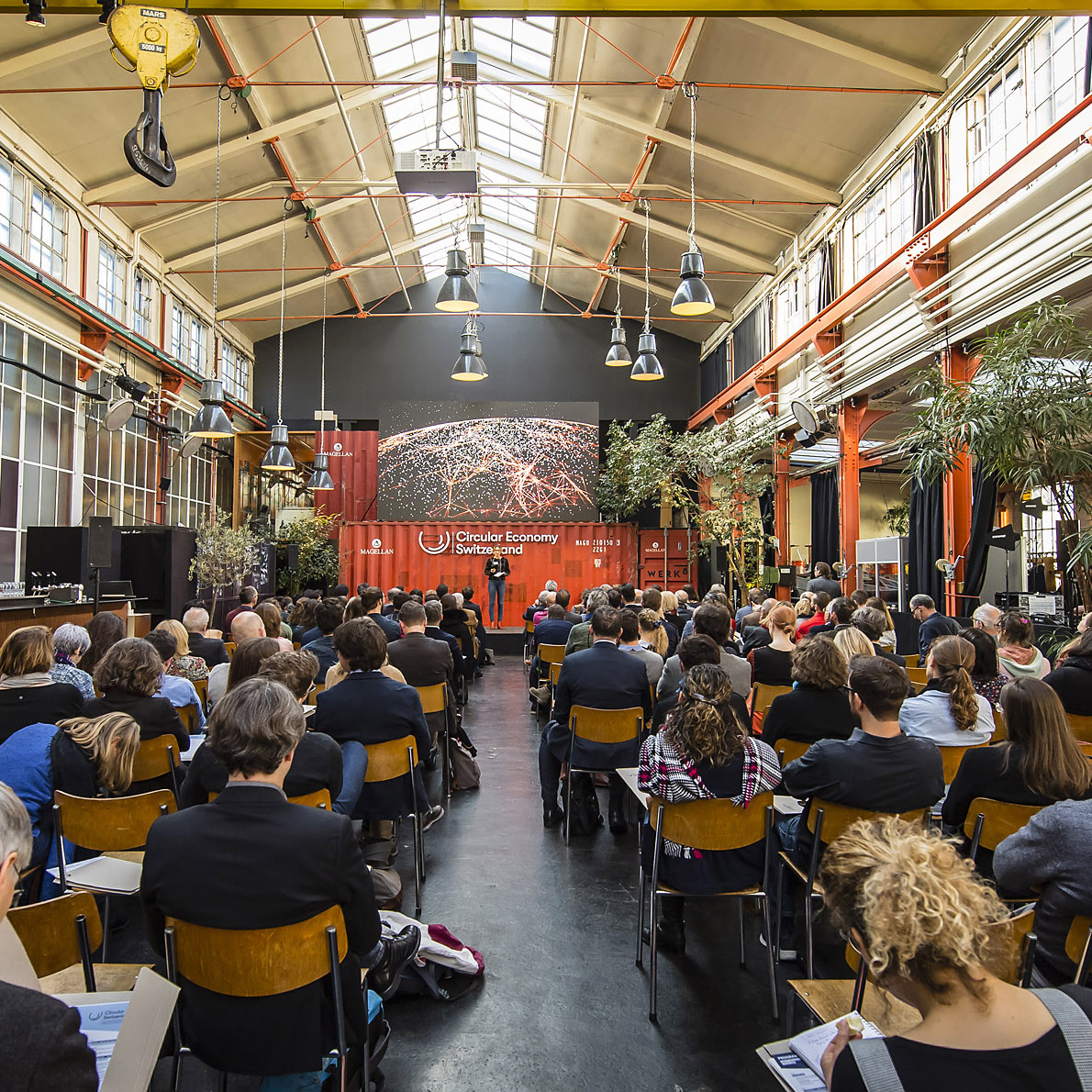«Going Circular Economy»
Author: Nicolai Diamant
This year, the Design Prize Switzerland is launching the new award category «Going Circular Economy» to honour companies, projects and products that are in line with the idea of the circular economy and contribute to this economic concept. Circular Economy Switzerland (CES) – an organisation, a network and ultimately a movement for a new, Switzerland-wide circular economy – supports the Design Prize Switzerland as a cooperation partner and nominator for the new award category.

In our current linear economic model, the principle of «take-make-waste» dominates. This means that raw materials are mined (take) to make products (make), which we sell, consume and finally throw away (waste). This principle leads to a shortage of raw materials, waste and environmental pollution along the entire value chain. The Swiss population also contributes to this with its high per capita resource consumption and — despite the fact that we recycle around 50% of our waste according to the FOEN (Federal Office for the Environment FOEN, 2020) – is one of the largest consumer and waste-producing nations in the world.
The circular economy offers a more sustainable perspective for the future: The goal of the circular economy is to design a system in which resources are used again and again as efficiently as possible in as closed cycles as possible. Resources are thus not thrown away, but kept in the cycle as a priority in order to preserve their value and maximise their potential. In contrast to the linear economic system, resource consumption, waste, emissions and energy losses are minimised in a circular economy. Material and energy cycles are changed in three ways:
- Closing material and energy loops, for example through cascade use, reuse, remanufacturing and recycling.
- Slowing down material and energy cycles, for example by extending the life of products through durable design, repair and maintenance, and through appropriately designed business models that emphasise use rather than ownership.
- Reducing material and energy cycles, for example by increasing efficiency and savings and prioritising the use of renewable raw materials and energy sources.
In doing so, one considers the entire cycle of value creation — from raw material extraction, design, production, distribution to use and recycling for the renewed extraction of raw materials.
A well-known example of circular product design is the Fairphone: the smartphone made of recycled and fair materials is designed in a modular way so that individual parts can be easily replaced or upgraded — by the user or consumer themselves. So instead of buying a new smartphone every two years on average, the Fairphone can be upgraded with a new display, a fresh battery or a better camera. Further examples from Switzerland can be found, for example, at Circular Economy Switzerland (CES), at Circular Hub, or at Circular.Plus.
The «Butterfly» model: The biological and the technical cycle
The basic principles of the circular economy are illustrated by the Ellen MacArthur Foundation’s «Butterfly» model. The «butterfly» illustrates the continuous flow of technical and biological materials through the value chain. An important basic requirement is that in a circular economy the energy for all processes is used primarily from renewable sources — only then is the system sustainable. In order to keep products, resources and materials in the cycle as much as possible, different strategies are used to slow down, reduce and close cycles in order to require as few primary resources as possible and generate as little waste as possible.
The model distinguishes between the biological (left) and technical (right) cycles: In the biological cycle, biodegradable and ecologically harmless materials can be safely returned to the biosphere, or they are processed into biofuels; This serves to restore the biosphere. Materials in the technical cycle (e.g. plastics, metals and synthetic materials) cannot be returned to the biosphere, so the value of these materials should be recovered again and again. Different strategies are used: the extension of the product life cycle (maintenance/repair), reuse (reuse, redistribute), refurbishment (refurbish, remanufacture) and — in the very last consequence – recycling.

Circular Economy Switzerland – Drivers of the Circular Economy Movement in Switzerland
The circular economy is a holistic system – a comprehensive, innovative way of thinking that conserves resources, makes the economy more resilient in the long term, creates economic opportunities and brings environmental and social benefits. This goal requires a shared ambition and new ways of working and thinking among all stakeholders.
This is where Circular Economy Switzerland (CES) comes into play: The organisation has made it its primary mission to give a boost to the circular economy in Switzerland, to create a market for circular economy products and services, and to raise awareness of the circular economy among the public and the business community. Circular Economy Switzerland is thus a driving force for a new, Switzerland-wide circular economy movement and sees itself as a coordination and exchange platform.
The new category «Going Circular Economy»
The Design Prize Switzerland is also part of the network and, with its award category «Going Circular Economy», sends a signal to promote circular design as an integral part of a circular value chain. CES supported the Design Preis Schweiz in drawing up the evaluation criteria for this award category and brings its expertise on the topic of the circular economy as well as a large network to the table. Three points are central to the partnership: We want to show together that we are on the way towards a circular economy in Switzerland. Secondly, we want to honour the courage of those who dare to rethink our production and consumption patterns. And thirdly, we want to promote creative approaches to solutions and the responsibility to make our economy and society more sustainable, both nationally and internationally, in harmony with planetary boundaries.

